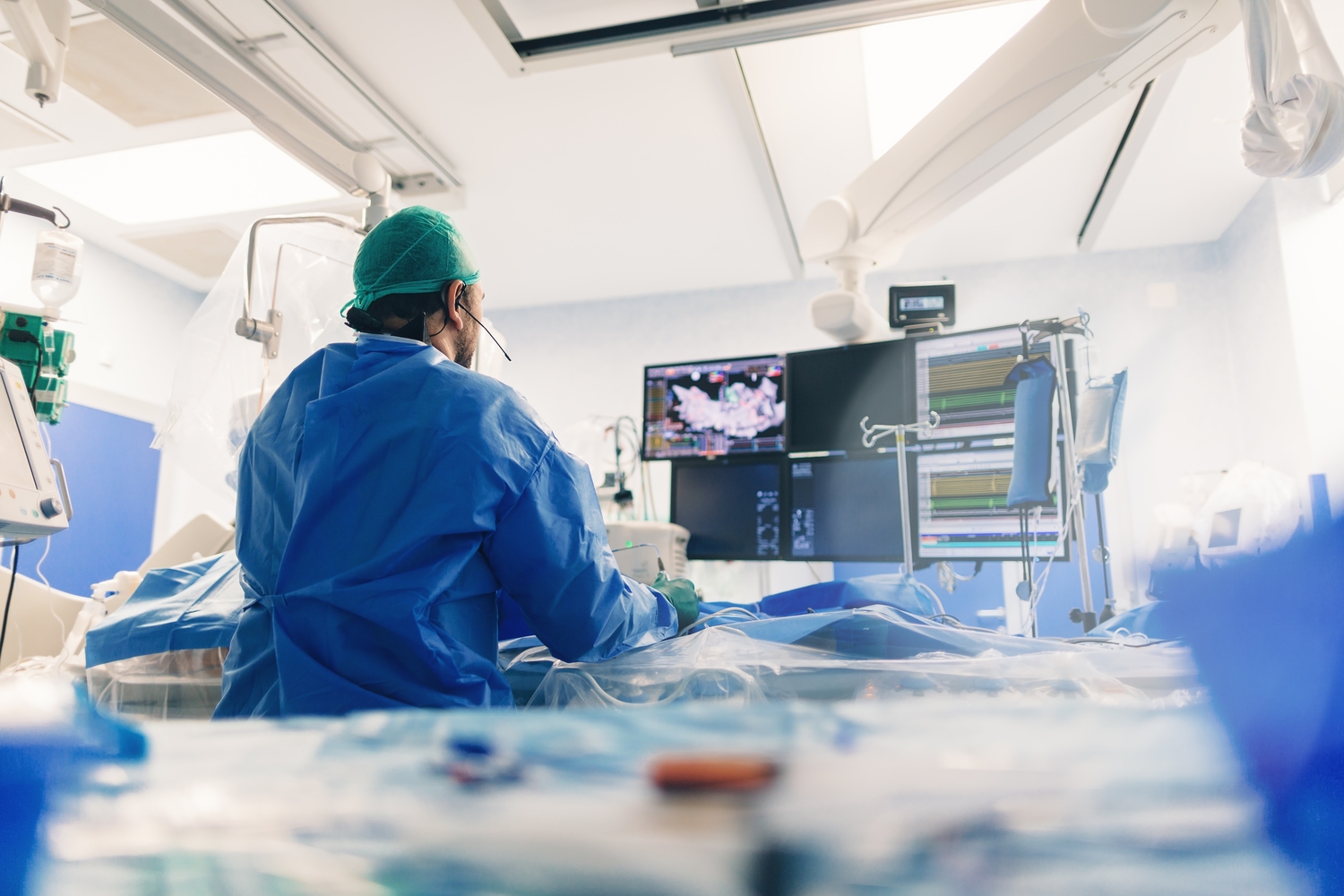Comprehensive Overview of Cardiac Angiography Procedures
This comprehensive guide explains cardiac angiography, detailing its purpose, procedure, risks, and preparations. It helps patients understand what to expect, aiding informed decision-making for heart health diagnostics and treatments.

Comprehensive Overview of Cardiac Angiography Procedures
Cardiac angiography is an essential imaging technique used to diagnose and treat heart and blood vessel conditions. This detailed guide explains what cardiac angiograms are, their purposes, the steps involved, potential risks, and necessary preparations and aftercare. Understanding this procedure helps patients approach it with confidence and awareness.
Defining Cardiac Angiography
A cardiac angiogram, also known as coronary angiography, uses X-ray imaging with contrast dye to visualize the heart's blood vessels and chambers. It allows precise assessment for diagnosis and treatment options.
Goals of Cardiac Angiography
This procedure helps identify and manage various cardiac and vascular conditions, including:
Coronary Artery Narrowing: Detecting blockages or constrictions.
Aneurysms: Spotting abnormal vessel expansions.
Peripheral Circulation Issues: Evaluating blood flow in limbs.
Vascular Abnormalities: Detecting malformations in arteries and veins.
Pulmonary Clots: Identifying blood clots in the lungs.
The outcomes often guide treatments like stent placement or balloon angioplasty to restore normal blood flow.Preparation Steps
Proper prep ensures safety and accuracy, including:
Medical History: Inform your doctor of allergies, medications, and health conditions.
Fasting: Avoid eating or drinking several hours before the procedure.
Medication Check: Some medications might require adjustment or temporary stopping.
Informed Consent: Sign consent after understanding risks and benefits.
Blood Tests: Additional tests may be performed to assess overall health.
Procedure Details
Setup: Lie on an X-ray table, potentially sedated for relaxation.
Catheter Insertion: Clean and numb an entry point, typically in the groin, arm, or wrist, then insert a thin catheter.
Contrast Administration: Guide contrast dye through the catheter to visualize blood vessels on X-ray.
Imaging: Capture real-time images to identify abnormalities.
Completion: Remove the catheter, bandage the site, and apply pressure to prevent bleeding.
Risks Involved
Bleeding or bruising at entry site
Allergic reactions to contrast dye
Possible infection at catheter site
Rare kidney complications from dye
Blood flow blockage caused by clots
Always discuss potential risks with your doctor beforehand.Recovery and Follow-Up
Monitoring: Observe for several hours post-procedure.
Hydration: Drink plenty of fluids to help flush out dye.
Activity Limits: Avoid strenuous activities, especially if the groin area was used.
Outcome Review: Your doctor will discuss results and possible treatments.
Warning Signs: Watch for bleeding, swelling, or pain.
Cardiac angiography is a crucial tool in heart health assessment, offering detailed visualization and direct interventions. Adequate preparation and follow-up care optimize results. Always seek personalized advice from your healthcare provider.

